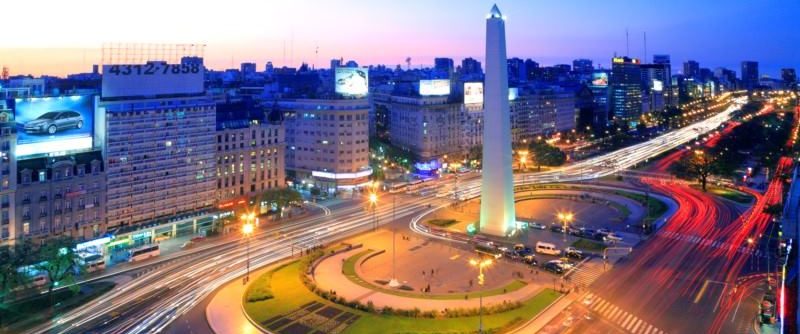BUENOS AIRES

The Autonomous City of Buenos Aires is the capital of the Argentine Republic. It is located in the central eastern region of the country, on the western bank of the Río de la Plata estuary, in the pampas plains. It has an estimated population of almost 3 million, with 12 million in its urban conglomerate, known as Gran Buenos Aires, which makes it the country’s largest urban area, the second in South America and the southern hemisphere, and one of the twenty biggest cities in the world.
HISTORY
The City of Buenos Aires had two foundings: it was first founded by Pedro de Mendoza in 1536 and it was destroyed in 1541 by its own citizens. In 1580, Juan de Garay founded it for the second time. Both foundings took place under the rule of the Viceroyalty of Peru, which was a colony of the Spanish Empire. In 1810, the citizens initiated the May Revolution, which resulted in the expulsion of the viceroy, the establishment of an autonomous government council and the beginning of Argentina’s independence war. Under Bartolomé Mitre’s administration, the Commitment Law [Ley de Compromiso] was enacted, which made the city the seat of both the National Government and the provincial public authorities. Finally, in 1880, the city was federalized and, since 1994, it has had an Autonomous Government, whose authorities are chosen by the people through direct election.
STRATEGIC IMPORTANCE
The City of Buenos Aires has strategic importance, both nationally and regionally. It is the main financial, production and educational center in the country and it is the heart of Argentina’s cultural and intellectual activity. Its most distinctive features are: its theaters (the city has the largest number of theaters in the world); its music, with tango as a music genre born in Buenos Aires, and its traditional gastronomy, in which asado and mate stand out.
The City, like the whole country, has a public system of hospitals and educational centers. In addition, it has a public transport network of buses, subway lines and interurban railways, as well as an airport and a harbour.
http://www.turismo.gov.ar/
1 Mate is an infusion made from yerba mate leaves, a plant that grows in the basin of the Paraná and Paraguay rivers, and in the upper course of the Uruguay river. This plant is dried, cut and ground to produce yerba mate, which has a bitter taste. Mate was drunk in the pre-Columbian era by the native peoples. It was later adopted by the Spanish colonizers and has since remained a part of the cultural heritage of Argentina, Paraguay, Bolivia and Uruguay, as well as some areas of Brazil and the south of Chile.



